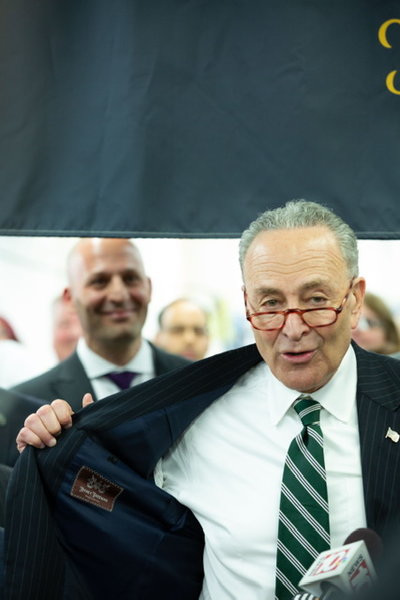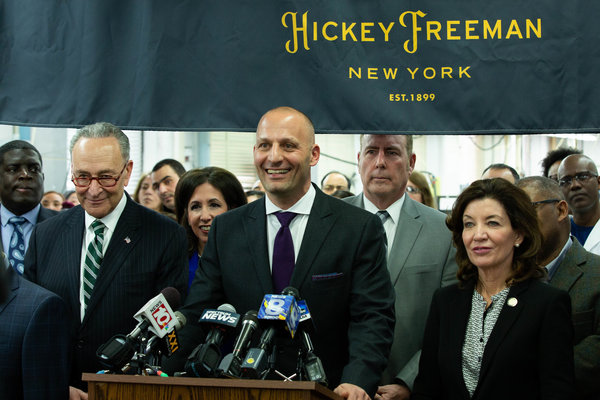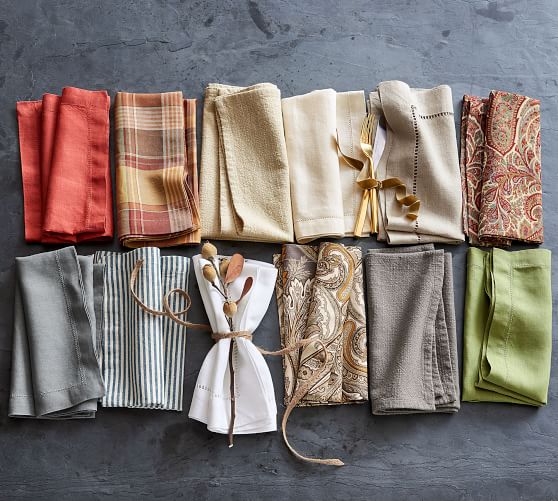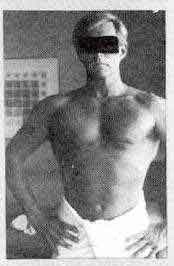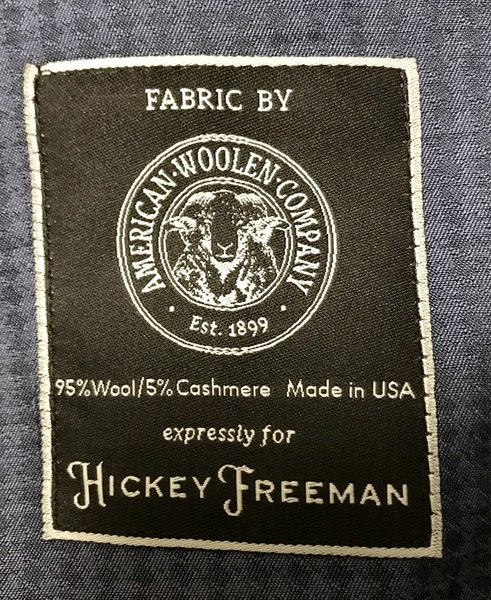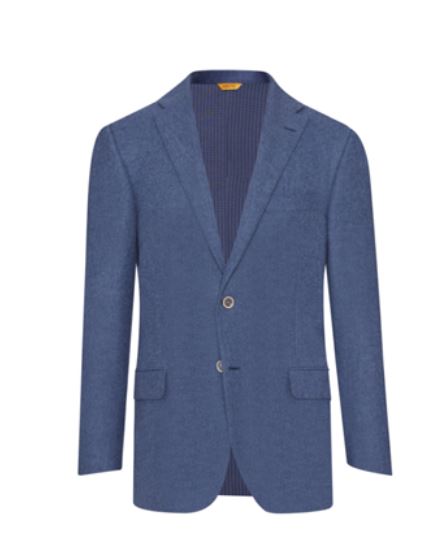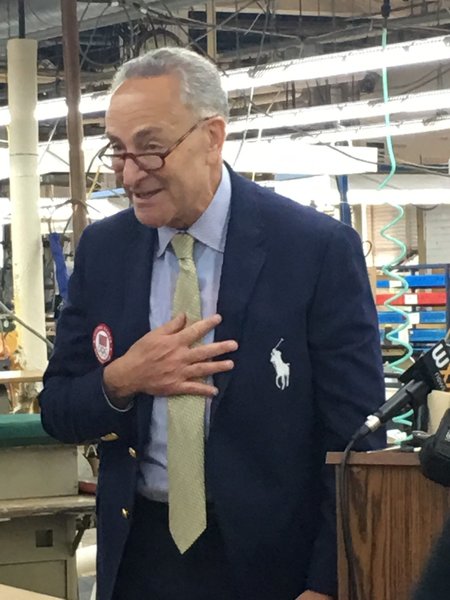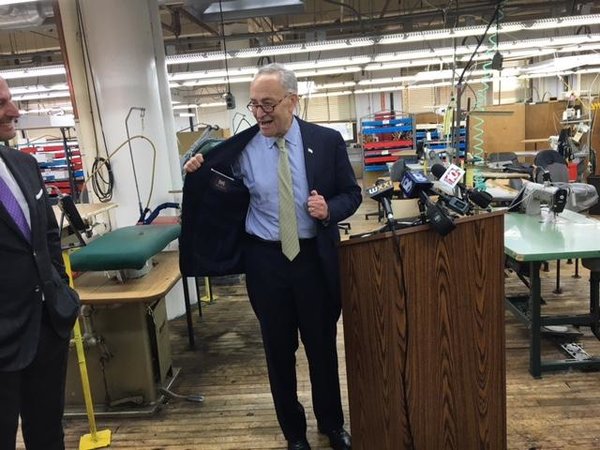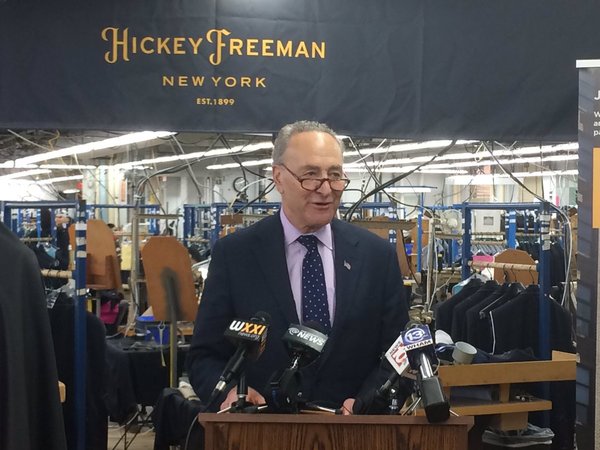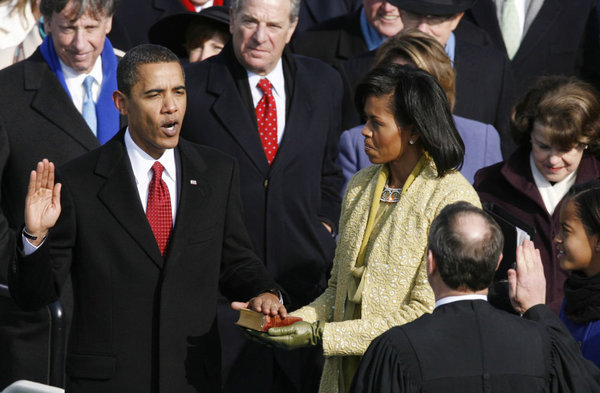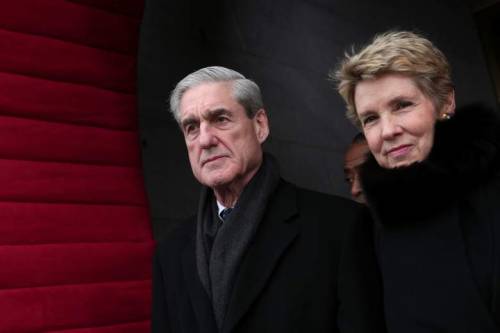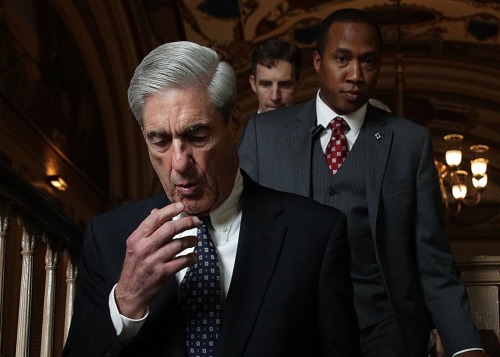EzraPaul
Senior Member
- Joined
- Aug 26, 2010
- Messages
- 217
- Reaction score
- 183
I wrote a piece about Roger Stone's attire that I thought the SF community might enjoy...

I regularly get requests to do write-ups on the attire of public figures. Lately, one person in general has dominated the request line – infamous political strategist and recently indicted peacock, Roger Stone. Stone has a penchant for flamboyance and flair seldom seen in the world of politics. One of his few peers in this regard happens to be his former lobbying partner, Paul Manafort, who’s facing related legal troubles.
Stone clearly takes great pride in his dress. Generally, his aesthetic is in the realm of what’s considered “traditional” (though the concept of traditional menswear really wasn’t cemented until the 1990s tried to revive the 1930s). Stone, the self-proclaimed “men’s fashion correspondent”, favors full cut jackets (double-breasted in particular) and baggy, pleated trousers, with all the accoutrements (such as pocket squares, cuff links, braces, and watch chains). His fabric choices also tend towards traditional, albeit not necessarily mundane – pinstripes, seersucker, and plaids.
Dressy Vs. Well-Dressed
For years, Stone has pined for the spotlight and the media has obliged. Many articles have been written about his sartorial proclivities – pieces like “Say What You Will About Trump Adviser Roger Stone’s Politics. But His Style Knowledge? Unrivaled.” and his own “Best and Worst Dressed” column on his website give the impression that he’s a style guru.
In the era of athleisure, I find that people tend to conflate dressy with well-dressed. For many Americans, casual Friday turned into casual workweek and a large portion of those who still wear suits to work tend to wear dark, solid colors. When someone like Roger Stone shows up in a three-piece Glen plaid suit with a knit tie, pocket silk, braces, cufflinks, watch chain, etc., it’s easy to consider him to be well-dressed, when in fact his peacocking obscures the simple fact – his suits don’t fit.

Fit: Build, Posture, and Cut
When I wrote a post a couple years ago about the fit of Donald Trump’s suits, it was quite difficult to find any pictures of him not wearing a suit, which was necessary to illustrate the relationship between his build and the cut of his suits. Fortunately (unfortunately?), this is not an issue with Roger Stone. He seems happy to oblige any request to show off his notorious back tattoo:
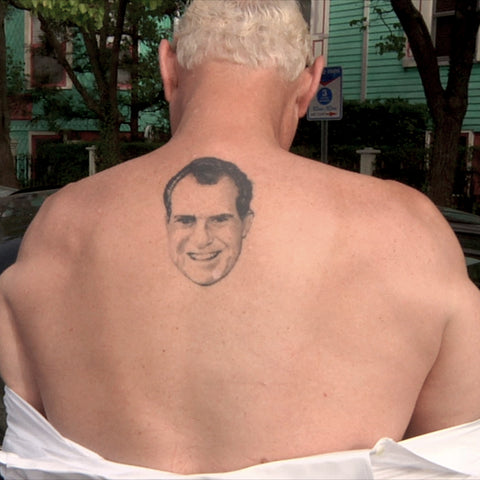
For someone who clearly takes great pride in his dress, I’m surprised that he seems unaware that most of his suits don’t fit well. It could be that his suits are simply old and outdated, but given that he was skinnier in the past, they would have been too large even with fuller cuts being en vogue at the time. One issue stands out in many of the photos that I’ve seen – the collar/lapel sits off of his neck pretty substantially:

This is a common issue and can be caused by some combination of build and posture – or incorrect tailoring in the case of custom clothing.
The leading cause is what I refer to as “Dwayne ‘The Rock’ Johnson Syndrome (DTRJS)” - guys that go to the gym too much (and in his case eat an astonishing amount of cod).

The collar gap issue is apparent in nearly every picture of Johnson.
Possible symptoms of DTRJS include:
Why does this cause a gap? Johnson clearly isn’t buying his suits off-the-rack, however many custom suits are based off of an existing sewing pattern. Most patterns are graduated – the basic model is designed in a size 38 or 40 regular and is reduced/grown to develop the other sizes. My guess would be that after Johnson’s clothier takes his chest and shoulder measurements, he decides on Johnson’s pattern size (probably 52L or 54L) and adjusts from there.
The problem is that the pattern extrapolates Johnson’s neck size from his chest/shoulder/back using the proportions of a man with an average build. Since Johnson has a proportionately smaller neck (though not actually small) than would be expected for his size, the jacket collar is much too big for him. In most cases, the solution to this problem is to decrease (shorten) the size of the collar and sometimes to lengthen the seam that runs along the top of the shoulders from the sleevehead to the neck (different than widening the overall width of the shoulders).
But enough about The Rock. Roger stone is clearly not The Rock.
However, he appears to work out a bit and therefore has a relatively large chest/back/shoulders to neck ratio, so even though he’s not a huge guy, he’s still afflicted by DTRJS. In addition, he appears to be wearing most of his jackets about a size too large, compounding the issue. He looks to be particularly muscular in the upper back (flanking either side of Nixon’s visage), so my guess would be that he finds his natural size to be too tight in his shoulder blades. So rather than increasing just that part, his clothier is moving him up a size.
Another common cause of collar gap is when the neck is pitched forward and the upper back is rounded/hunched. Neck pitch and hunched posture generally go hand-in-hand, but in Stone’s case his neck seems to be pitched forward while his back posture appears to be erect. This combination is less common, but is sometimes seen on more muscular guys, as the exercises that work the chest and back don’t do much to compensate for neck posture.
Stone’s other fit issues are more straightforward. Most of his jackets are too full in the chest, which coupled with deep armholes makes the front look sloppy. The shoulders are too wide, possibly a symptom of sizing up to fit his back or possibly a matter of preference held over from when shoulders were broader in the 1990s and early 2000s. In that era, however, additional padding was added to support the exaggerated shoulder width, which doesn’t seem to be the case here. On a lot of his suits, his sleeves are very wide, especially in the forearm and wrist. This is sometimes a result of broadening the top of the sleeve to accommodate the bicep without tapering the rest of the sleeve accordingly. As I discussed in a previous post, we hit historical peak bagginess sometime in the late 1990s/early 2000s. Most of Stone’s pants seem to be from that time or styled in accordance with that era.
They look out of place in today’s world of skinny pants (which isn’t to say that today’s pants are without their own issues). Even with an inevitable return to fuller cut and pleated trousers, I still doubt we’ll get back to anything this baggy anytime soon.
I fully understand Stone’s traditional style ethos and influences and even overlap with him on many of his fashion sensibilities. I also worked in men’s clothing through the peak of bagginess, so I experienced firsthand the era in which he’s rooted. I say this because there’s sometimes a kneejerk response by traditionalists to see other fashion modes as passing trends embodied by the uninitiated. I think there’s often some validity to this narrative and I’d argue (and often do) that aspects of the current era, starting in the mid-2000s, fit that critique. However, I’d describe the early 1990s through mid-2000s that way as well. In the middle of the last decade we started to see a reversal in the excessive bagginess that characterized the era before, in what now looks to be a correction of sorts – a response to an extreme. In some fashion circles there was an overcorrection and clothing became ridiculously shrunken.
There’s a lot of distance between the two extremes where Stone could still operate in his traditionalist mode without looking outdated. All of this might be moot, as there seems to be a good possibility that his attire will be pre-selected for him in the near future. On the plus side, he does seem partial to pinstripes.

I regularly get requests to do write-ups on the attire of public figures. Lately, one person in general has dominated the request line – infamous political strategist and recently indicted peacock, Roger Stone. Stone has a penchant for flamboyance and flair seldom seen in the world of politics. One of his few peers in this regard happens to be his former lobbying partner, Paul Manafort, who’s facing related legal troubles.
Stone clearly takes great pride in his dress. Generally, his aesthetic is in the realm of what’s considered “traditional” (though the concept of traditional menswear really wasn’t cemented until the 1990s tried to revive the 1930s). Stone, the self-proclaimed “men’s fashion correspondent”, favors full cut jackets (double-breasted in particular) and baggy, pleated trousers, with all the accoutrements (such as pocket squares, cuff links, braces, and watch chains). His fabric choices also tend towards traditional, albeit not necessarily mundane – pinstripes, seersucker, and plaids.
Dressy Vs. Well-Dressed
For years, Stone has pined for the spotlight and the media has obliged. Many articles have been written about his sartorial proclivities – pieces like “Say What You Will About Trump Adviser Roger Stone’s Politics. But His Style Knowledge? Unrivaled.” and his own “Best and Worst Dressed” column on his website give the impression that he’s a style guru.
In the era of athleisure, I find that people tend to conflate dressy with well-dressed. For many Americans, casual Friday turned into casual workweek and a large portion of those who still wear suits to work tend to wear dark, solid colors. When someone like Roger Stone shows up in a three-piece Glen plaid suit with a knit tie, pocket silk, braces, cufflinks, watch chain, etc., it’s easy to consider him to be well-dressed, when in fact his peacocking obscures the simple fact – his suits don’t fit.

Fit: Build, Posture, and Cut
When I wrote a post a couple years ago about the fit of Donald Trump’s suits, it was quite difficult to find any pictures of him not wearing a suit, which was necessary to illustrate the relationship between his build and the cut of his suits. Fortunately (unfortunately?), this is not an issue with Roger Stone. He seems happy to oblige any request to show off his notorious back tattoo:

For someone who clearly takes great pride in his dress, I’m surprised that he seems unaware that most of his suits don’t fit well. It could be that his suits are simply old and outdated, but given that he was skinnier in the past, they would have been too large even with fuller cuts being en vogue at the time. One issue stands out in many of the photos that I’ve seen – the collar/lapel sits off of his neck pretty substantially:

This is a common issue and can be caused by some combination of build and posture – or incorrect tailoring in the case of custom clothing.
The leading cause is what I refer to as “Dwayne ‘The Rock’ Johnson Syndrome (DTRJS)” - guys that go to the gym too much (and in his case eat an astonishing amount of cod).

The collar gap issue is apparent in nearly every picture of Johnson.
Possible symptoms of DTRJS include:
- Getting paid exorbitant amounts of money to star in movies and television (needed to pay for aforementioned cod habit)
- Impossibly large trapezius muscles, which causes extreme shoulder slope
- Abnormal neck to chest/back/shoulder ratio
Why does this cause a gap? Johnson clearly isn’t buying his suits off-the-rack, however many custom suits are based off of an existing sewing pattern. Most patterns are graduated – the basic model is designed in a size 38 or 40 regular and is reduced/grown to develop the other sizes. My guess would be that after Johnson’s clothier takes his chest and shoulder measurements, he decides on Johnson’s pattern size (probably 52L or 54L) and adjusts from there.
The problem is that the pattern extrapolates Johnson’s neck size from his chest/shoulder/back using the proportions of a man with an average build. Since Johnson has a proportionately smaller neck (though not actually small) than would be expected for his size, the jacket collar is much too big for him. In most cases, the solution to this problem is to decrease (shorten) the size of the collar and sometimes to lengthen the seam that runs along the top of the shoulders from the sleevehead to the neck (different than widening the overall width of the shoulders).
But enough about The Rock. Roger stone is clearly not The Rock.
However, he appears to work out a bit and therefore has a relatively large chest/back/shoulders to neck ratio, so even though he’s not a huge guy, he’s still afflicted by DTRJS. In addition, he appears to be wearing most of his jackets about a size too large, compounding the issue. He looks to be particularly muscular in the upper back (flanking either side of Nixon’s visage), so my guess would be that he finds his natural size to be too tight in his shoulder blades. So rather than increasing just that part, his clothier is moving him up a size.
Another common cause of collar gap is when the neck is pitched forward and the upper back is rounded/hunched. Neck pitch and hunched posture generally go hand-in-hand, but in Stone’s case his neck seems to be pitched forward while his back posture appears to be erect. This combination is less common, but is sometimes seen on more muscular guys, as the exercises that work the chest and back don’t do much to compensate for neck posture.
Stone’s other fit issues are more straightforward. Most of his jackets are too full in the chest, which coupled with deep armholes makes the front look sloppy. The shoulders are too wide, possibly a symptom of sizing up to fit his back or possibly a matter of preference held over from when shoulders were broader in the 1990s and early 2000s. In that era, however, additional padding was added to support the exaggerated shoulder width, which doesn’t seem to be the case here. On a lot of his suits, his sleeves are very wide, especially in the forearm and wrist. This is sometimes a result of broadening the top of the sleeve to accommodate the bicep without tapering the rest of the sleeve accordingly. As I discussed in a previous post, we hit historical peak bagginess sometime in the late 1990s/early 2000s. Most of Stone’s pants seem to be from that time or styled in accordance with that era.
They look out of place in today’s world of skinny pants (which isn’t to say that today’s pants are without their own issues). Even with an inevitable return to fuller cut and pleated trousers, I still doubt we’ll get back to anything this baggy anytime soon.
I fully understand Stone’s traditional style ethos and influences and even overlap with him on many of his fashion sensibilities. I also worked in men’s clothing through the peak of bagginess, so I experienced firsthand the era in which he’s rooted. I say this because there’s sometimes a kneejerk response by traditionalists to see other fashion modes as passing trends embodied by the uninitiated. I think there’s often some validity to this narrative and I’d argue (and often do) that aspects of the current era, starting in the mid-2000s, fit that critique. However, I’d describe the early 1990s through mid-2000s that way as well. In the middle of the last decade we started to see a reversal in the excessive bagginess that characterized the era before, in what now looks to be a correction of sorts – a response to an extreme. In some fashion circles there was an overcorrection and clothing became ridiculously shrunken.
There’s a lot of distance between the two extremes where Stone could still operate in his traditionalist mode without looking outdated. All of this might be moot, as there seems to be a good possibility that his attire will be pre-selected for him in the near future. On the plus side, he does seem partial to pinstripes.
















